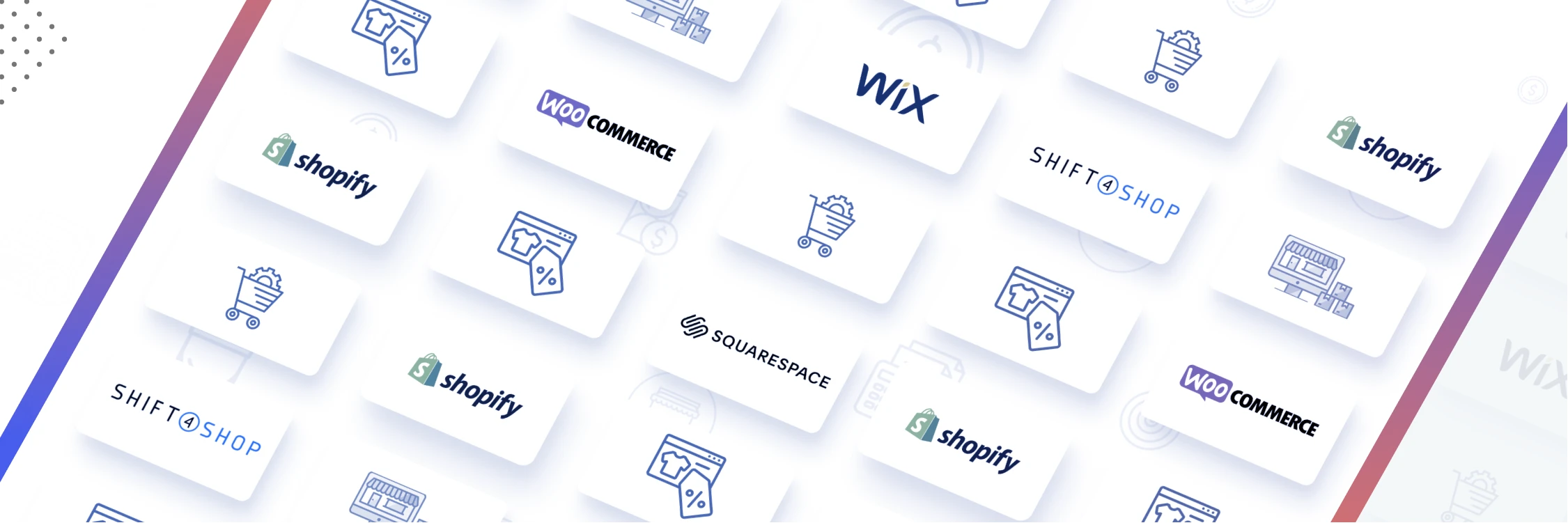
How to Start an Online Store
Contents
Earlier this month, Webgility attended The Sleeter Group Conference in Las Vegas. Although the attendees were experts in their field — QuickBooks advisors, CPAs, and accounting consultants — they had only a vague understanding of the ecommerce retailer market. However, they’re encountering more clients who want to grow their business into the online world. I’ve also spoken to many people who are confused about starting an online business and need some advice on where to start. Since this is a big subject, here are my Cliffs Notes on starting an online business. I’ll cover each component in more detail in other posts.
Assuming you’ve got all the logistics of starting a business out of the way, you’ll need three key components to take your business online: (1) a secure website to advertise your products and services, (2) a shopping cart platform to organize your products and enable buyers to purchase, and (3) a payment processor to collect payment for purchases.
1. Your Website
If you’re not tech-savvy or don’t have the time to design a website, find a web designer that has ecommerce experience and is familiar with setting up a site with a shopping cart that is secure and can process payments. Be mindful of your budget, as customization and development will be your biggest expense. If your designer already works with a particular platform, it will be easier and more cost-effective to incorporate that platform, although you’ll want to be sure the platform meets your requirements. Once you have a website, you’ll need to find a company to host your site; many hosting companies also provide website templates if you want to create your site without the expense of a designer. Finally, you should also consider optimizing your website with Search Engine Optimization (SEO), so your site would be faster and easier to be found by customers.
2. Your Shopping Cart
A shopping cart is the platform where you display your products in an organized fashion and provide a virtual “cart” for customer to add products into and perform a checkout. There are many shopping carts to choose from: some are free, hosted with a subscription, or licensed. Do your due-diligence and test the different shopping carts before investing in one that not only supports your current business, but can also scale as your business expands.
As you’re organizing your products, you should standardize your product naming convention so the reconciliation process is simplified between your online store and accounting management software, such as QuickBooks.
3. Processing Payments
In order to process online orders and collect payments, you need a merchant account with a payment processor that accepts payments from debit cards and/or credit cards. A merchant account is simply a bank account that enables you to collect credit card payments. You can get one from your bank or from PayPal. A payment gateway connects your merchant account to your online store and facilitates the online payment process. Some merchant account providers have their own payment gateways, but most companies use third-party payment gateways, such as Authorize.com and PayPal, to process the online transaction. It’s important that you find one that is compatible with your merchant account and online store. Furthermore, to ensure a secure checkout via a payment gateway, you’ll need a security certificate, which provides authentication and encryption of payment information. You can get your own certificate or use a hosting company that provides shared certificates.
An alternative to using payment gateways is using Google Checkout, PayPal Express or Checkout by Amazon. These services provide secure payment processing outside your site so you don’t have to worry about setting up a merchant account or security. They handle payments and deposit the net amount to your bank account in return for a commission/fee on each sale.
I hope this information gives you a good picture of the process of selling on your own online store. A few additional thoughts to help you get going:
- Think about the long-term prospect of your business when choosing a shopping cart
- A free shopping cart platform does not mean free everything: you might have to invest time and money in customizing and developing the store
- Good design and usability are key in a competitive market
- PCI compliance is important
- Have multiple store channels: sell on Amazon and eBay for more exposure of your product and brand
- Don’t pick a hosting provider by price only; choose not only an affordable but also reliable web hosting provider to make sure your data is backed up and secure
- The latest product isn’t always the best. Look for companies with an established brand, customer base and support model.
- Work with a professional that has ecommerce experience

Yash Bodane is a Senior Product & Content Manager at Webgility, combining product execution and content strategy to help ecommerce teams scale with agility and clarity.



.png?width=56&height=56&name=image%20(1).png) Yash Bodane
Yash Bodane




